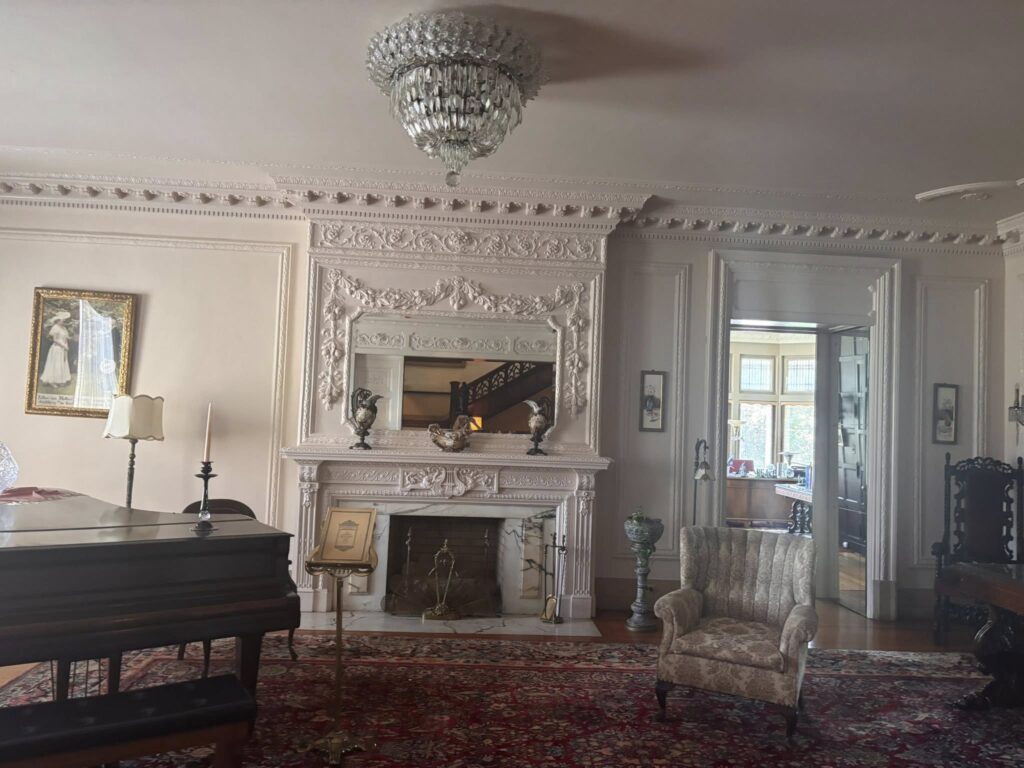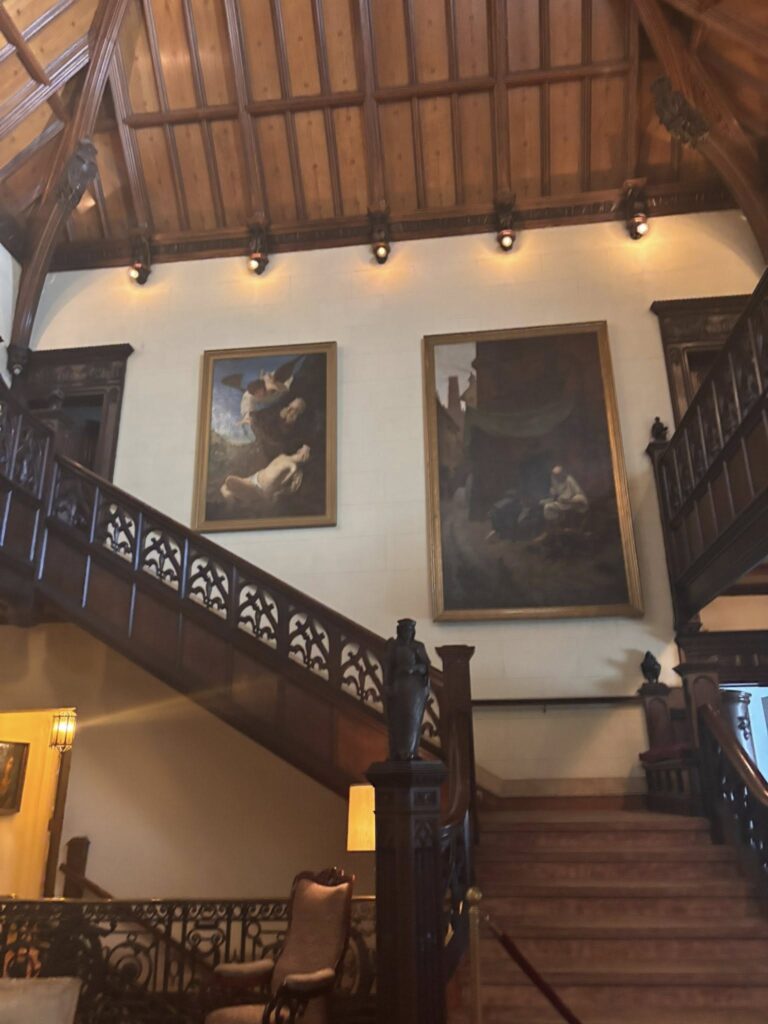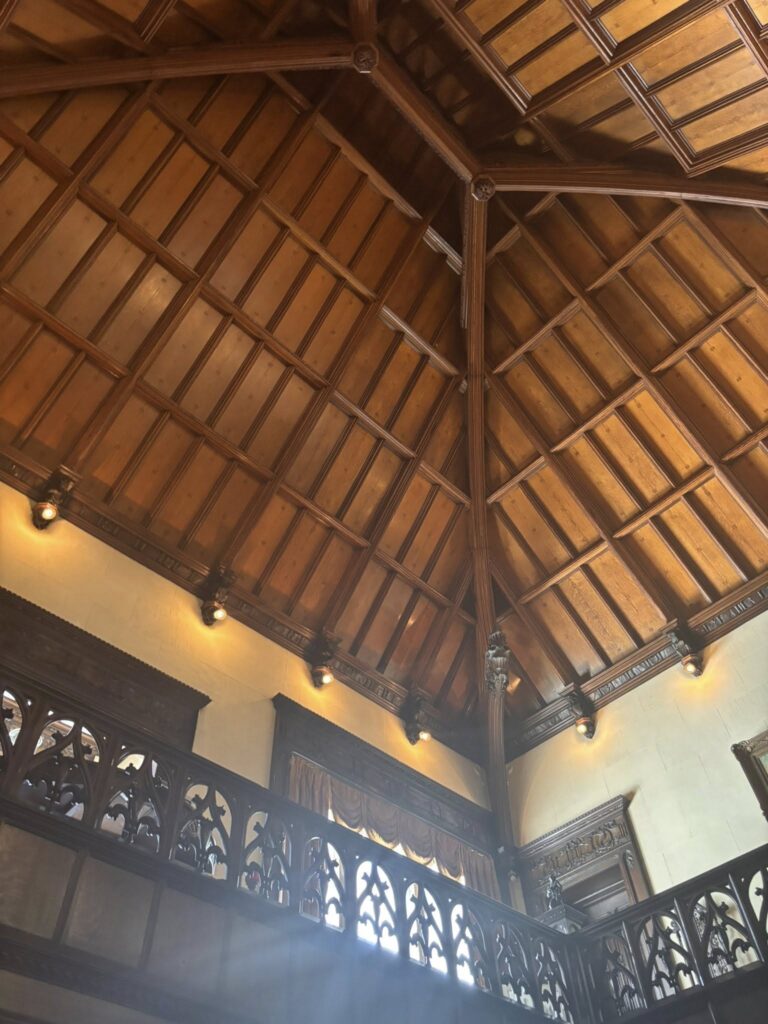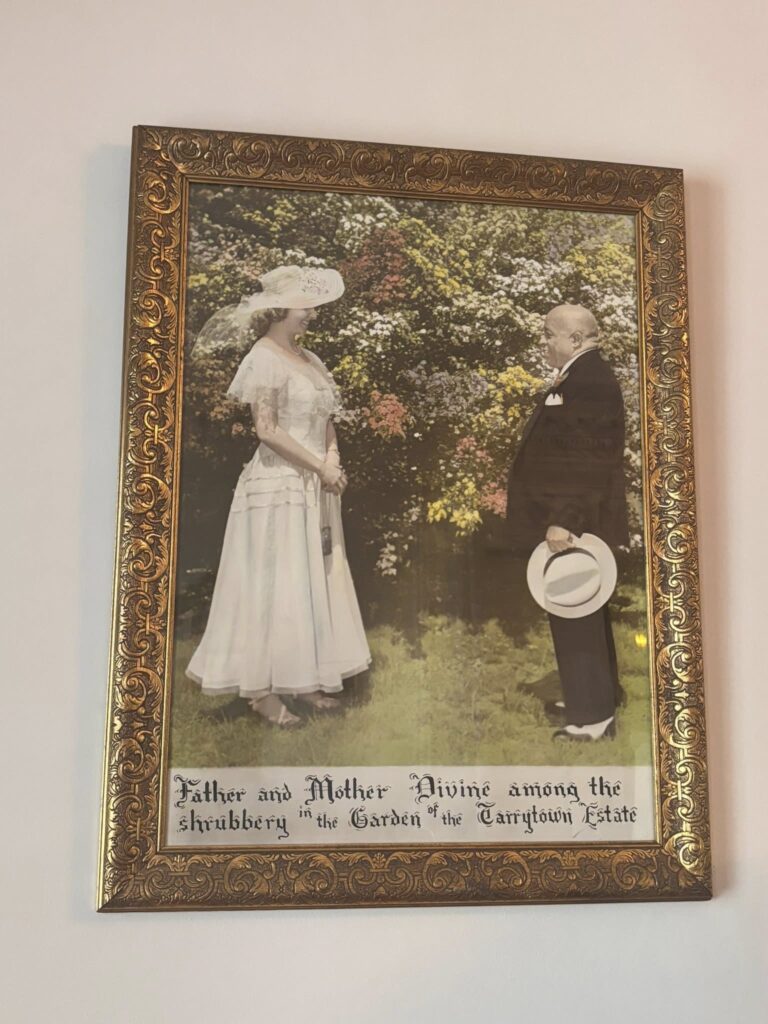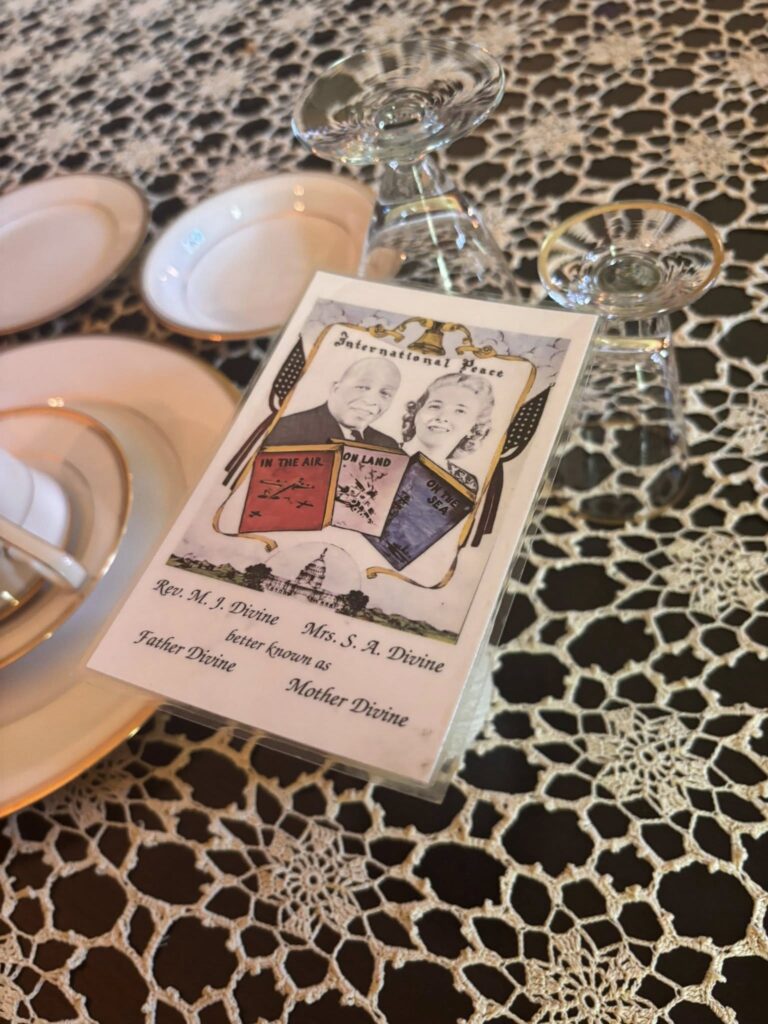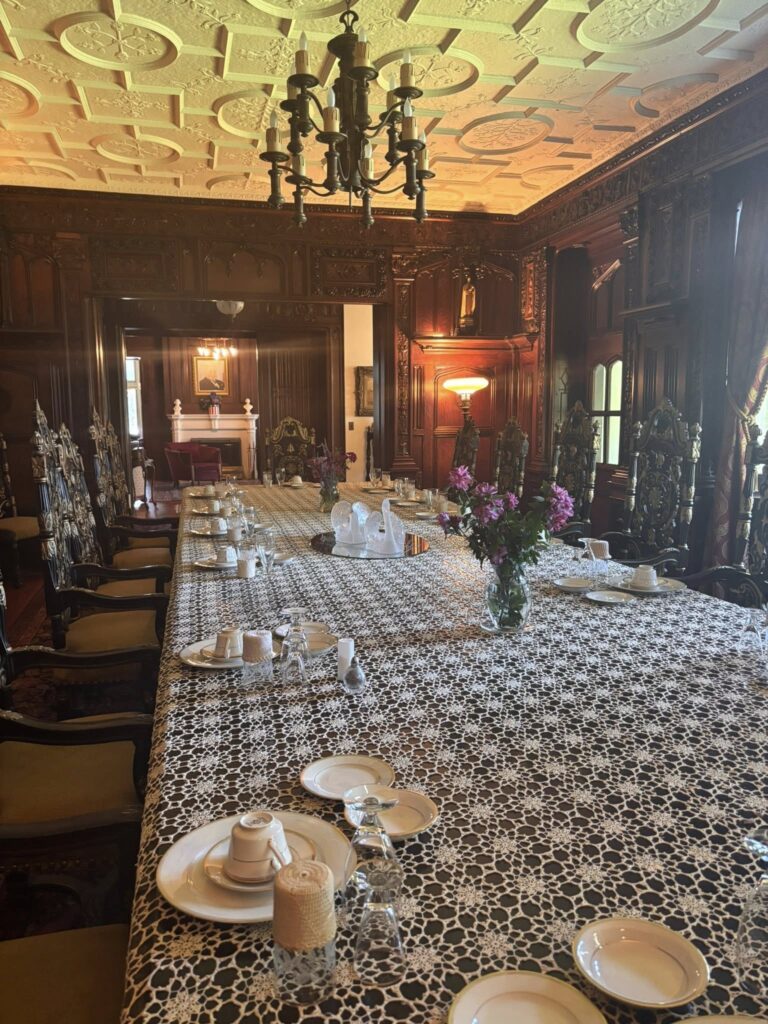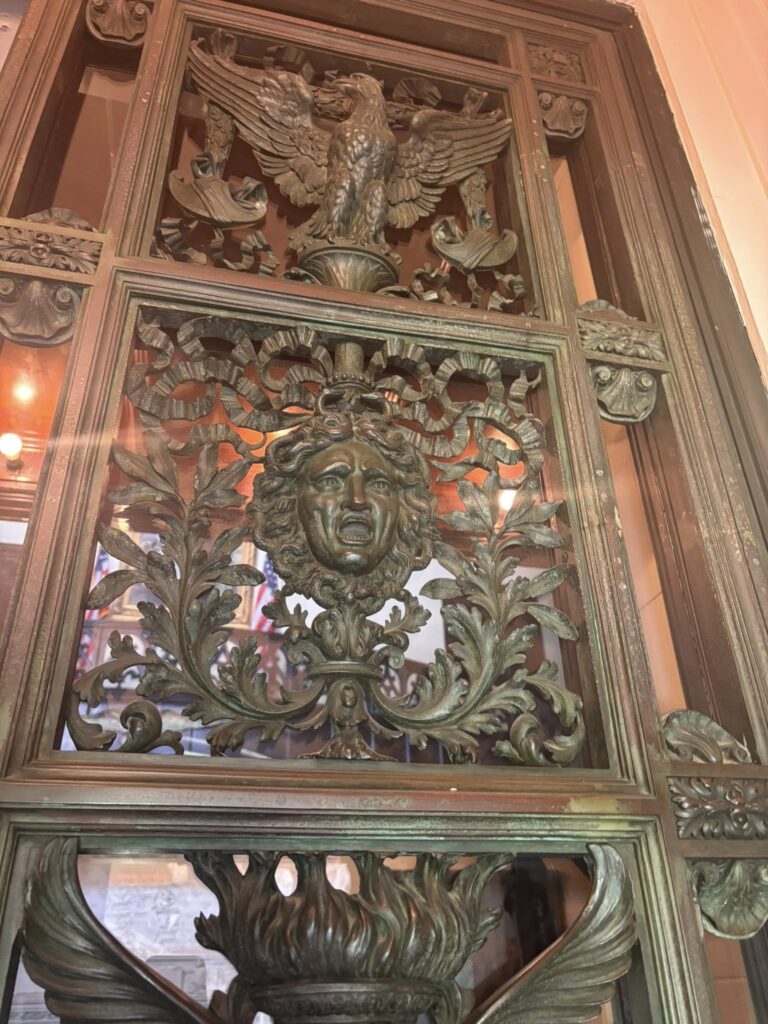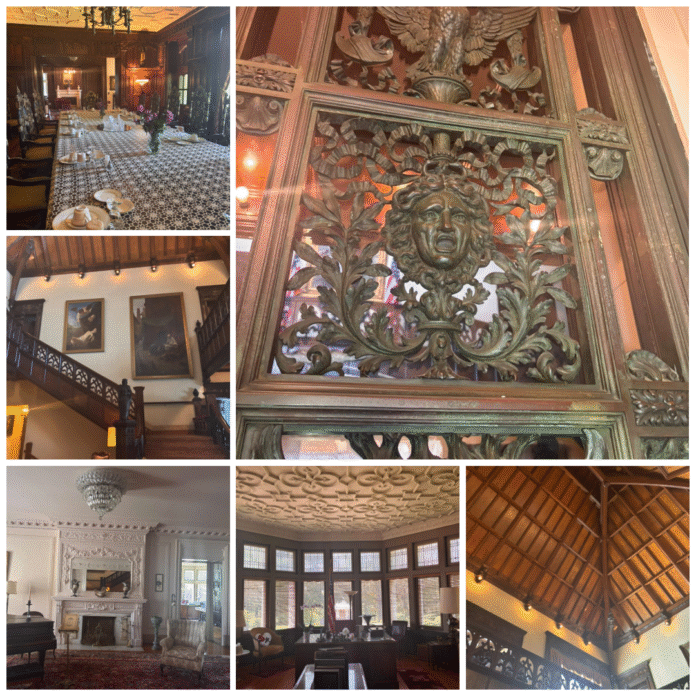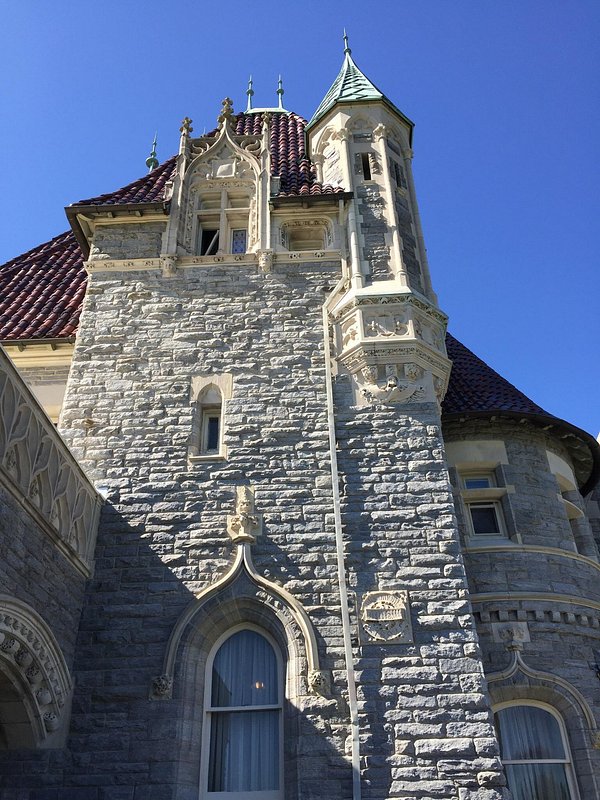Woodmont is a remarkable example of Gilded Age grandeur—an American interpretation of Loire Valley château architecture, repurposed yet thoughtfully preserved as both a spiritual center and public monument. Today, it continues to stand as a cultural landmark, offering both architectural admiration and historical insight.
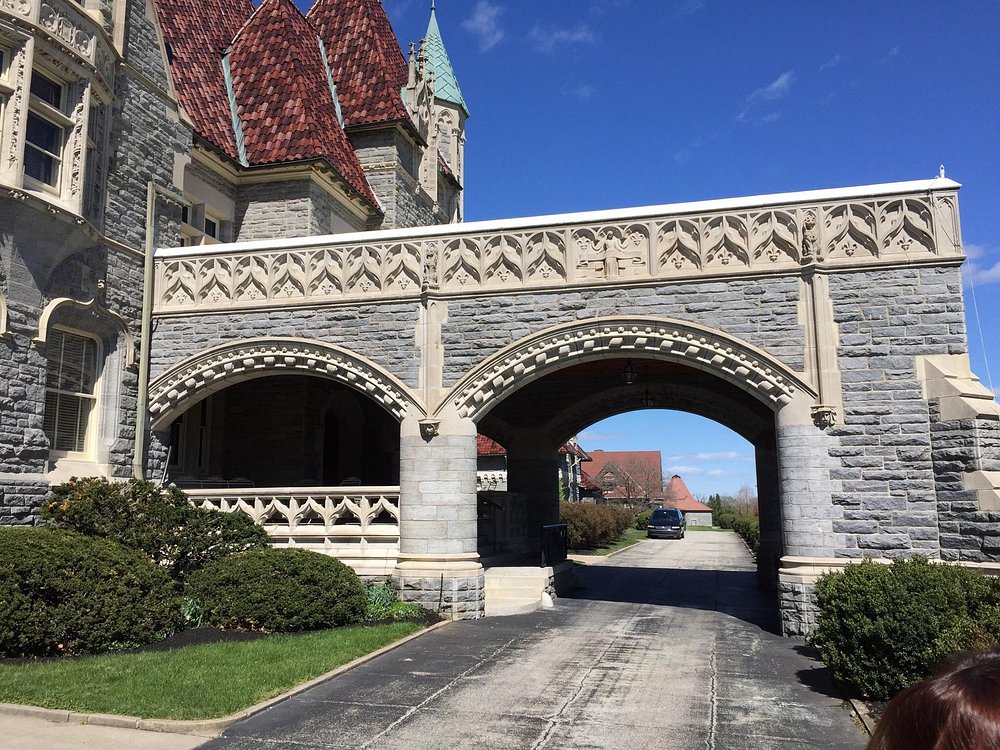
📍 Location & Construction
Where & when: Woodmont stands majestically at 1622 Spring Mill Road in Gladwyne, part of Lower Merion Township—on a bluff overlooking the Schuylkill River, Conshohocken, and the Alan Wood Iron & Steel plant.
Origins: Designed for steel magnate and ex-Congressman Alan Wood Jr. (1834–1902), the estate was built between 1891 and 1894 by Quaker architect William Lightfoot Price.
Scale: Originally spanning over 400 acres, the current property is about 72–73 acres. The estate cost around $1 million at the time (roughly $38 million today) .

🏰 Architectural Style
Design influence: Inspired by French Gothic and Renaissance château architecture—particularly the Biltmore Estate in North Carolina—Woodmont exemplifies the Châteauesque style.
Materials & form:
Walls of native Wissahickon schist with Indiana limestone trim.
Red-tile roofs accented with copper crestings, spires, and dormers.
A ground-hewn cellar, carved from solid rock, supports steel structural framing peacemission.info.
Layout: The three-story main block features asymmetrical massing, steep gables, hipped roofs, a porte-cochère, and towers—all oriented to face south over manicured lawns.
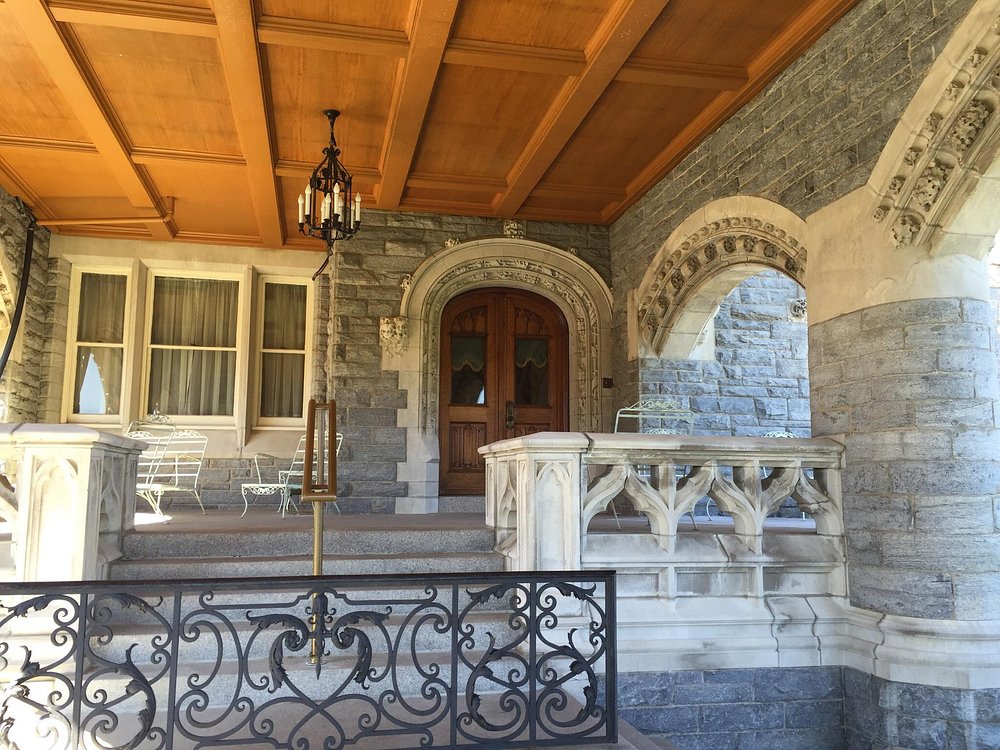
🪑 Notable Features
Luxurious interiors: A dramatic great hall under a high pyramidal roof; multiple natural wood-burning fireplaces in the main rooms.
Estate amenities: Originally boasted a working farm with two dairy barns, greenhouses, tennis courts, pool, stables, outbuildings, lodge‑houses, carriage house, and scenic walking paths.
Contextual integration: Designed as a horizontal composition that opens dramatically from the south driveway, with rolling lawns framing picturesque views.
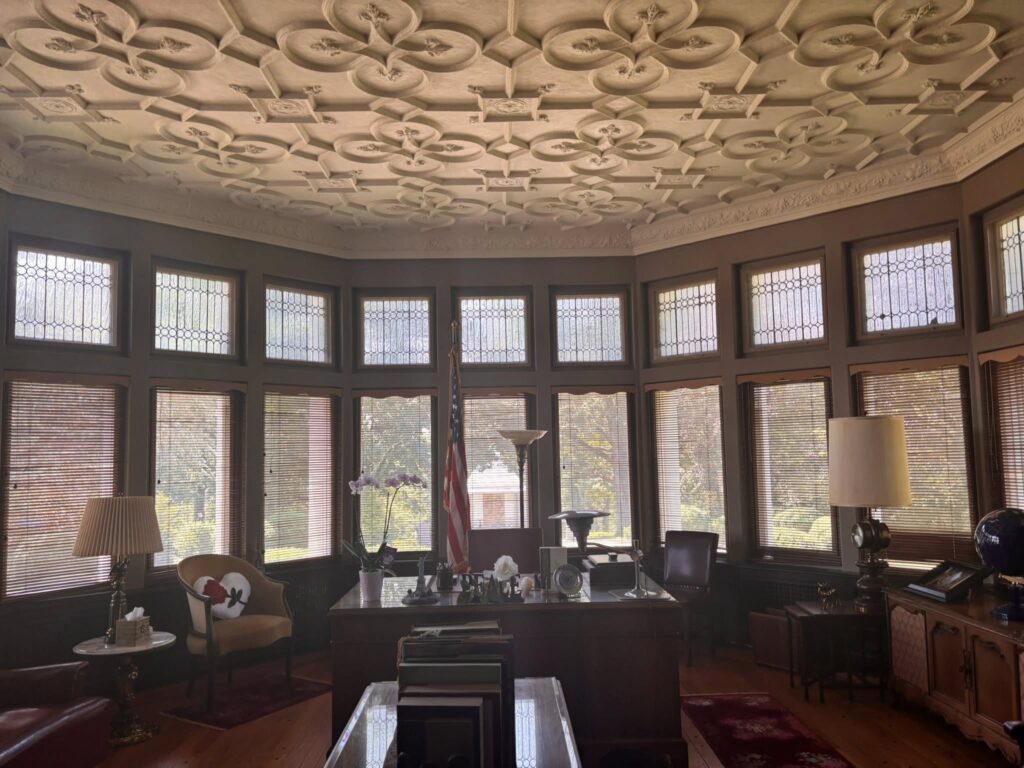
Current Use & Visiting
Religious stewardship: Since 1953, the property has belonged to the International Peace Mission Movement, associated with Father Divine. It’s maintained as a worship site and shrine, preserving furnishings from his 1965 death.
Public access: The mansion is open for free guided tours on Sunday afternoons, from April through October.
Historic status: Recognized as a National Historic Landmark in 1998, specifically for its Châteauesque architecture and exemplary preservation.
